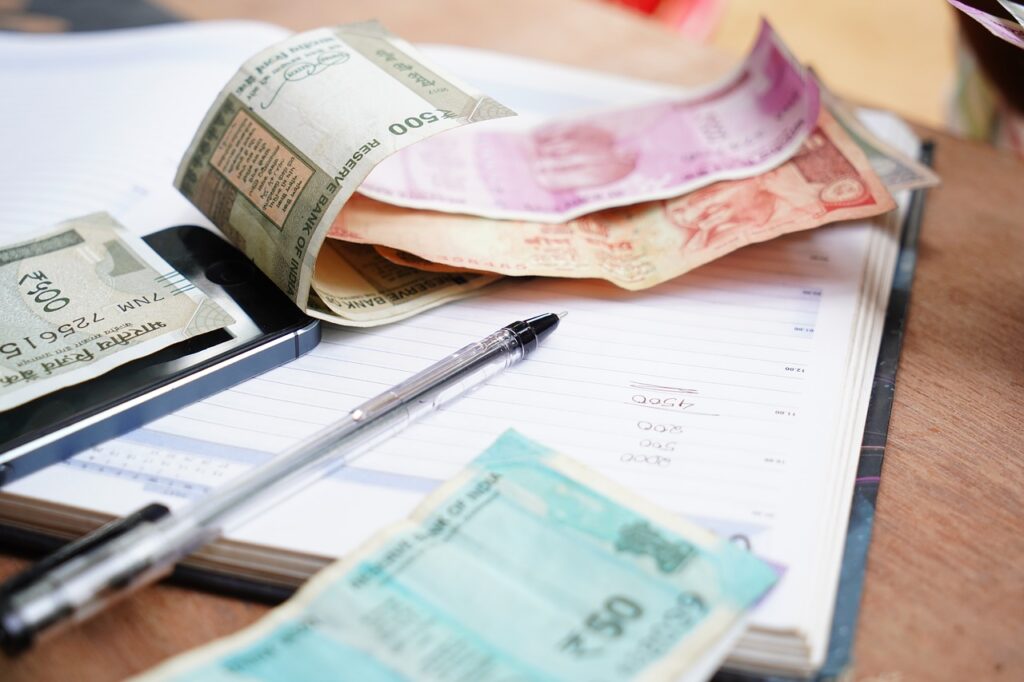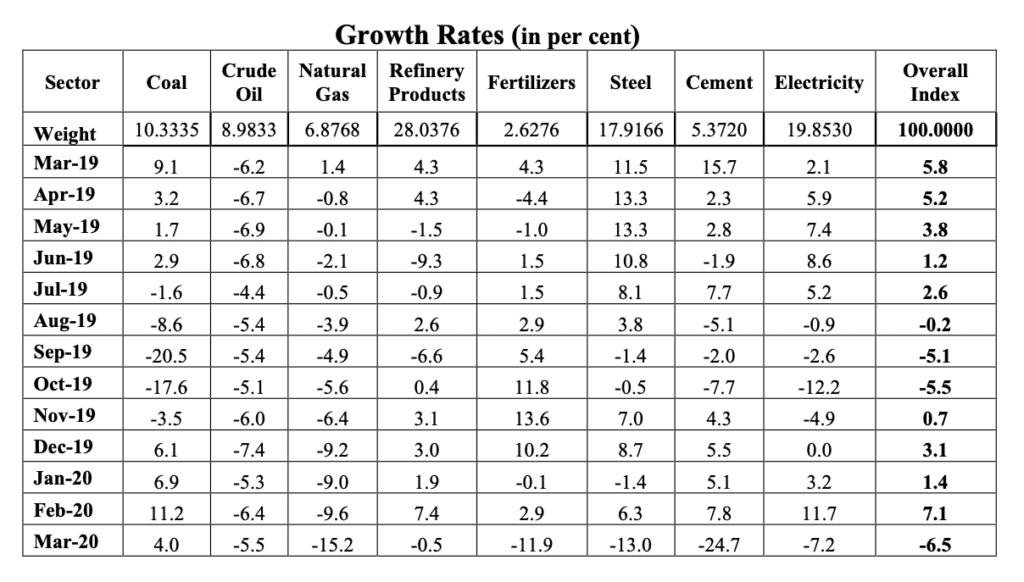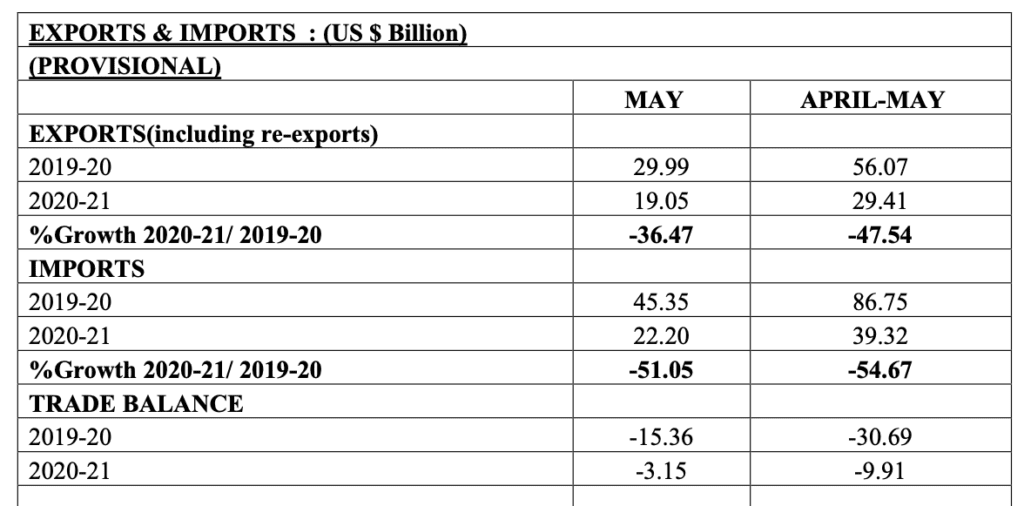
India’s coronavirus trajectory is on the rise with a record number of cases being reported every week. The case-doubling rate hovers around 20 days, with some cities like Bengaluru reporting five times the national average.
In these tough times, no economies are immune to the adverse impacts of the pandemic, economies of the world need to strike a right balance between the economic revival and ever-rising COVID cases as none of the two can be taken for granted, at least until a vaccine is discovered.
The Indian economy was already slowing down before the pandemic started in India. During the extensive and prolonged lockdown that lasted for two months, the two key sectors of the Indian economy, namely the service sector and manufacturing sector came to a complete standstill.
Last month, the Indian government had announced a stimulus package of 20 lakh crore (10% of GDP) to deal with the economic fallout, alongside RBI’s various liquidity measures, interest cuts, relaxation in EPF and tax returns. To understand the enormousness of the relief package, it was slightly less than neighbouring country Pakistan’s total GDP, which stands around USD 284 Billion. Though the allocation seemed to be huge on paper but didn’t overturn the direction economy was heading towards. Moreover, in an interview to the news agency PTI, cabinet minister for roads and transport, Nitin Gadkari said “Country at this juncture needs liquidity. Without liquidity our economy’s wheel will not accelerate Rs 50-60 lakh crore foreign investment is needed in the country under present circumstances to boost the economy,”
Impact of coronavirus pandemic on the Indian economy.
As per the United Nations report that came in March, India and China were touted to deal with minor damage due to the coronavirus pandemic, supported by the fact that Indian economy is far less dependent on Imports, as compared to other more developed economies of the world, except for petroleum, jewellery and electronics. However, this scenario would have played had if the Indian government succeeded in “flattening the curve”. Like China, to some degree, succeeded to control the pandemic
As of now, India has surpassed Spain with total 646,924 cases with 235,399 active cases, and 18,656 reported deaths. India ranks as 4th country, only next to russia, in terms of highest number of coronavirus cases, and 8th in fatalities due to covid.
Corona Economics and India’s core sectors


As per the latest data released by the Ministry of commerce and industries on 30th April, the eight-core sectors have narrowed by 6.5%, except for coal, all other sectors experienced a substantial reduction in the output. The highest brunt felt by the cement industry encountering a sharp decline of 24.7%.
These eight mentioned sectors, also called Index of Industrial Production (IIP), constitutes as much as 40% of India’s total Industrial output. IIP is the only measure on the physical volume of production.
The lockdown was extended four times in a row. Consequently, the adverse impacts on the growth prospects also kept increasing. India is yet to witness a peak of COVID cases, post which the active cases will slowly start reducing as it happened in Italy.
During April, the majority of industries reported no production. According to a news report, not even a single car was sold in April. The Indian economy was more like an aircraft flying at a high altitude with its engines shut generating no thrust, and to remain airborne, it has to trade off altitude for distance. Precisely, the state of the Indian economy during the lockdown.
Coronavirus Outbreak LIVE Counter – #IndiaFightsCorona
Support IndianSpectator by subscribing to our Daily Newsletters, Submit your opinion/articles on Info.indianspectator@gmail.com
More:
How did India jumped from 250 COVID cases to half a million in 3 months.